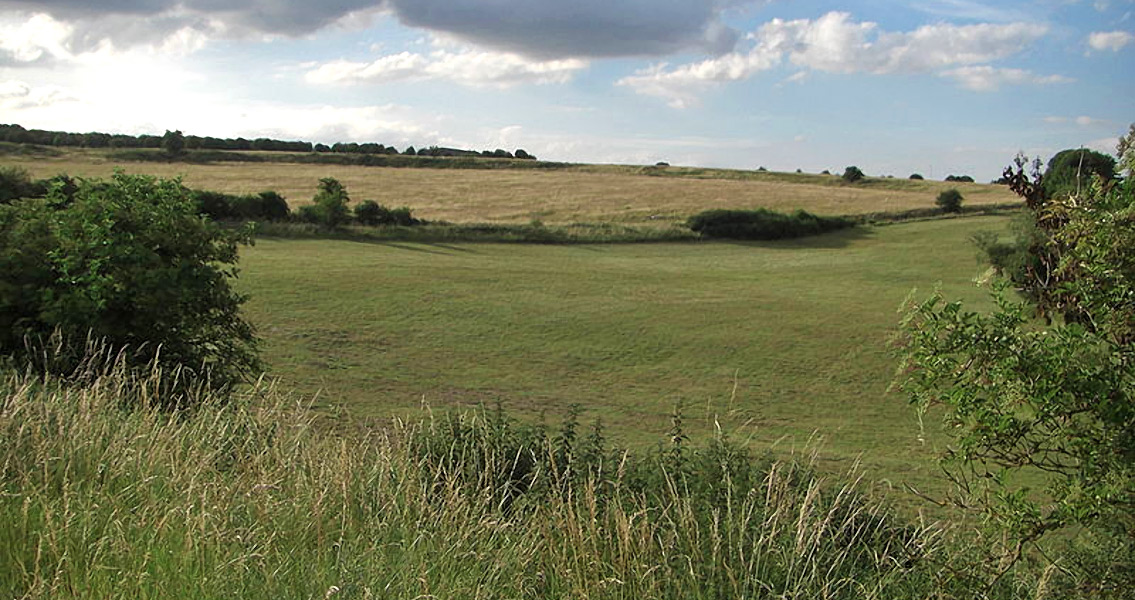<![CDATA[An international team of scientists have detected a giant standing stone monument on Salisbury Plain, near Stonehenge, which may mark the earliest known religious transition in human history. According to media citing the researchers, this may be the biggest prehistoric monument in the country. The team, from the universities of Bradford and Birmingham, and the Boltzmann Institute in Vienna, used radar that can “see” underground to locate a configuration of between a hundred and two hundred standing stones in the shape of a horseshoe, just about three kilometers from Stonehenge. The radar data suggests that the configuration, which is believed by scientists to have been built in the first half of the third millennium BCE, was deliberately decommissioned, writes the Independent, indicating a radical shift in religious beliefs from landscape worship to a solar cult. Stones around three metres in height (with some reaching 4.5 metres) and a metre and a half in width made up most of the monument, around 800 metres in length, and the remainder of the horseshoe was an artificially steepened ridge of high ground. The area, near the village of Durrington, has been the object of close examination since last year but it was only last week that the team located the monument. So far, at least 40 complete stones have been identified, alongside 35 broken ones and 50 holes where stones used to stand. The huge formation was buried beneath a newer monument, which reinforced the scientists suggestion that it was deliberately destroyed at a time when the local population started to worship the sun instead of geographical features. The horseshoe, the Independent notes, was oriented towards the east, most probably to Beacon Hill, a well know landmark in the area. Perhaps the landmark was considered sacred because it was identified with a deity or a spirit, as was the case with many prehistoric religious traditions. Later, however, around 2,600 BCE, when the main phase of Stonehenge’s construction began, the monument had reached the end of its productive life, so to speak, and a hundred years later the stones were buried underground to make space for yet another solar-centred monument – Durrington Walls. Durrington Walls, the Irish Times reports, is among the biggest early monuments in Britain, measuring 1.5 kilometres in circumference and 500 metres in diameter, with a 17.6-metre wide ditch around it. Part of it is made up of the natural ridge that also constituted the northern section of the older monument. Work in the area is conducted within the framework of a project called the Stonehenge Hidden Landscapes and previously, based on surveys of the area, it was believed that there weren’t any larger stone structures than Stonehenge itself. The BBC quotes the researchers as saying the discovery was “fantastically lucky”, though there is still no certainty as to the function of this structure. The lead author of the study Vincent Gaffney from Bradford University was quoted by the Irish Times as saying the discovery has significant implication for scientists’ understanding of Stonehenge. The Independent adds another quote from him, that “the burying of the stones in Neolithic times almost certainly represented a significant social and ritual change.” Now work with ground-penetrating radar will continue in other parts of the area, seeking to establish whether other above-ground henges stand on bigger, buried monuments.]]>
Enormous Pre-Stonehenge Monument Found in Salisbury
